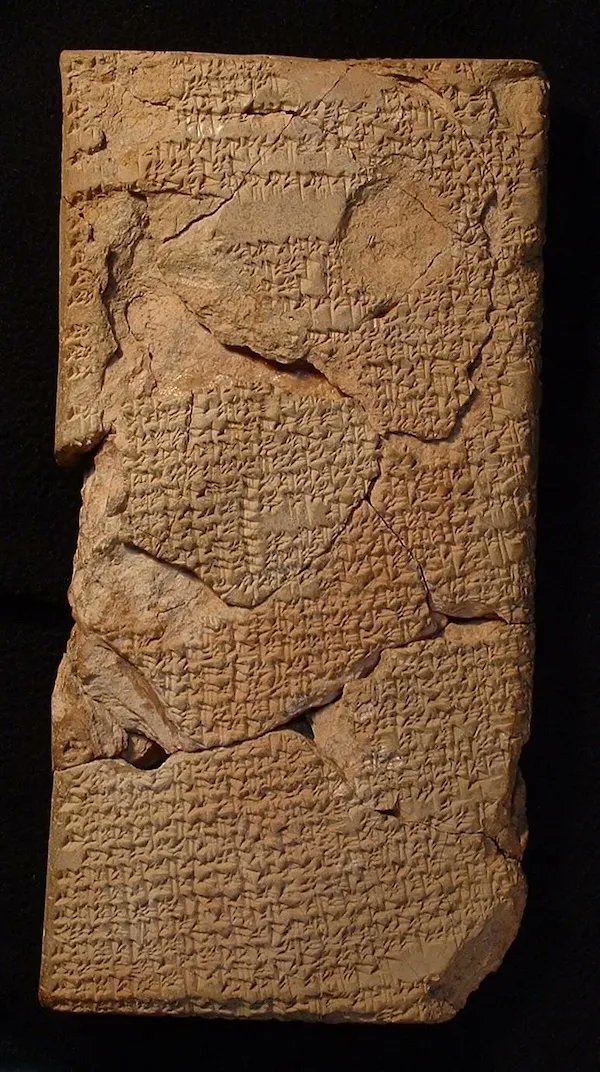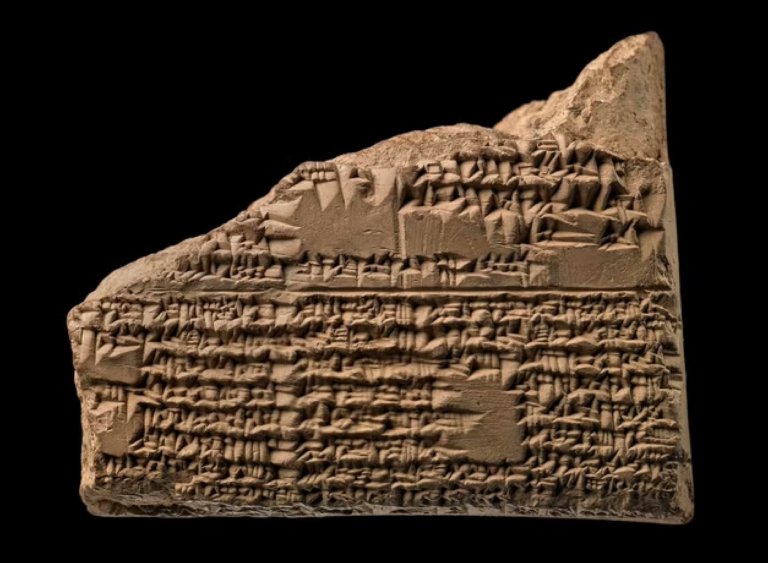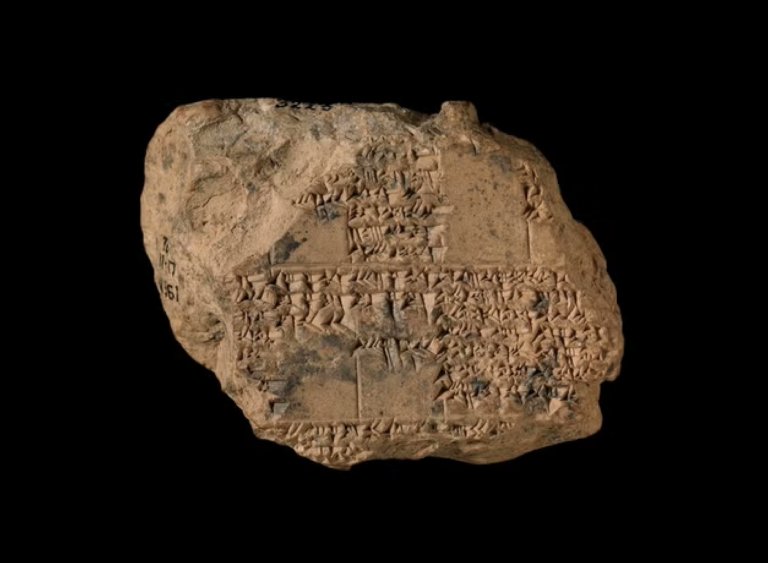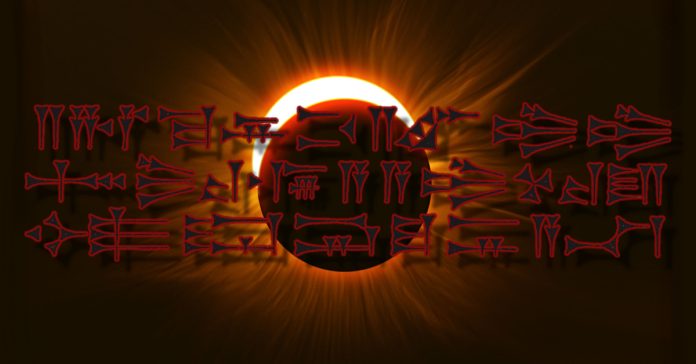In the quiet archives of the British Museum, four clay tablets inscribed with cuneiform script have waited over a century for their secrets to be unlocked. Acquired between 1892 and 1914, these artifacts from the Old Babylonian period (circa 1894–1595 BCE) sat largely untranslated until 2024, when researchers Andrew George and Junko Taniguchi deciphered them. Published in the “Journal of Cuneiform Studies“, their paper reveals these tablets as the oldest known compendia of lunar-eclipse omens, offering a stark glimpse into how the Babylonians read the sky for signs of calamity some 4,000 years ago.

Dark Omens
The tablets, likely from Sippar (a thriving city southwest of modern Baghdad) contain over 60 omens tied to lunar eclipses, organized by time of night, shadow movement, duration, and date. Each entry pairs an astronomical observation with a dire prediction. One warns: “If an eclipse becomes obscured from its center all at once and clears all at once: a king will die, destruction of Elam.” Another states: “An eclipse in the evening watch: it signifies pestilence.” Regions like Subartu, Akkad, and Elam, once powerhouses of Mesopotamia, recur as targets of forecasted ruin, alongside plagues, locust swarms, and fallen armies. As another proclaimed, “If an eclipse takes place in the middle watch and does not clear until sunrise: locusts will rise up and devour the land.” The Babylonians saw these celestial events as coded messages from the gods, warnings of chaos to come.

A Celestial Sci-Cult
These omens weren’t random fears scribbled in haste. The tablets reflect a structured system, blending observation with tradition. George and Taniguchi note that while some predictions might stem from real events; say, an eclipse followed by a king’s death, most likely emerged from theoretical links between eclipse traits and earthly outcomes. Advisers to Babylonian kings watched the night sky, matching what they saw to this corpus of texts. If an eclipse signaled danger, like a monarch’s demise, they’d double-check with animal entrails (extispicy) to confirm the threat. Rituals could then be performed to avert the evil, a practical spell in their fatalistic worldview.

Whispers from Sippar
The tablets’ origins point to Sippar, a religious and cultural hub in the Old Babylonian period. But exact provenance remains murky due to early 20th-century acquisition records. Two tablets (A and D) date to the 18th century BCE. Under rulers like Hammurabi, while B and C hail from the 17th century BCE. Their cuneiform script captures a single cohesive text across all four, with minor scribal quirks, annotations and variant spellings, hinting at a living tradition. This wasn’t static lore; it evolved as scribes copied and adapted it over generations.
Connections through Time
What sets these tablets apart is their age and detail. Predating later Babylonian eclipse records by centuries, they mark the dawn of celestial divination in southern Mesopotamia. The omens reveal a society gripped by anxiety over rulership. Kings fretted over assassination, revolt, and drought, all supposedly foretold by the moon’s shadow. Yet the tablets also show resilience: even the bleakest predictions came with a chance to dodge fate. George and Taniguchi’s translation pulls these 4,000-year-old fears into focus, proving the Babylonians didn’t just watch the sky, they entangled themselves with it. Their belief, “as above so below”, which echos from deep antiquity, was we are one, the celestial and terrestrial bodies. Come back to AncientHistoryX.com for more insight into our past.

